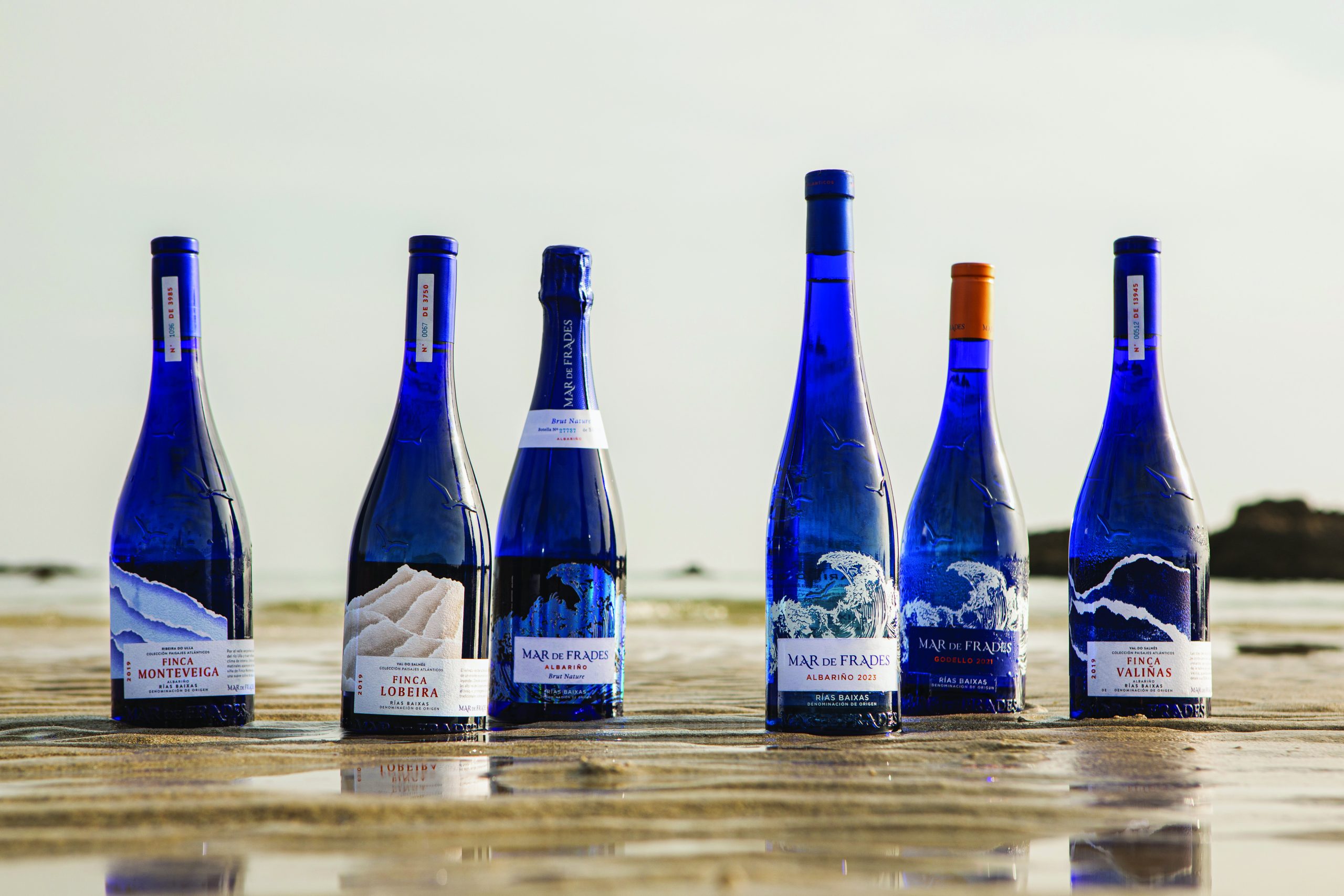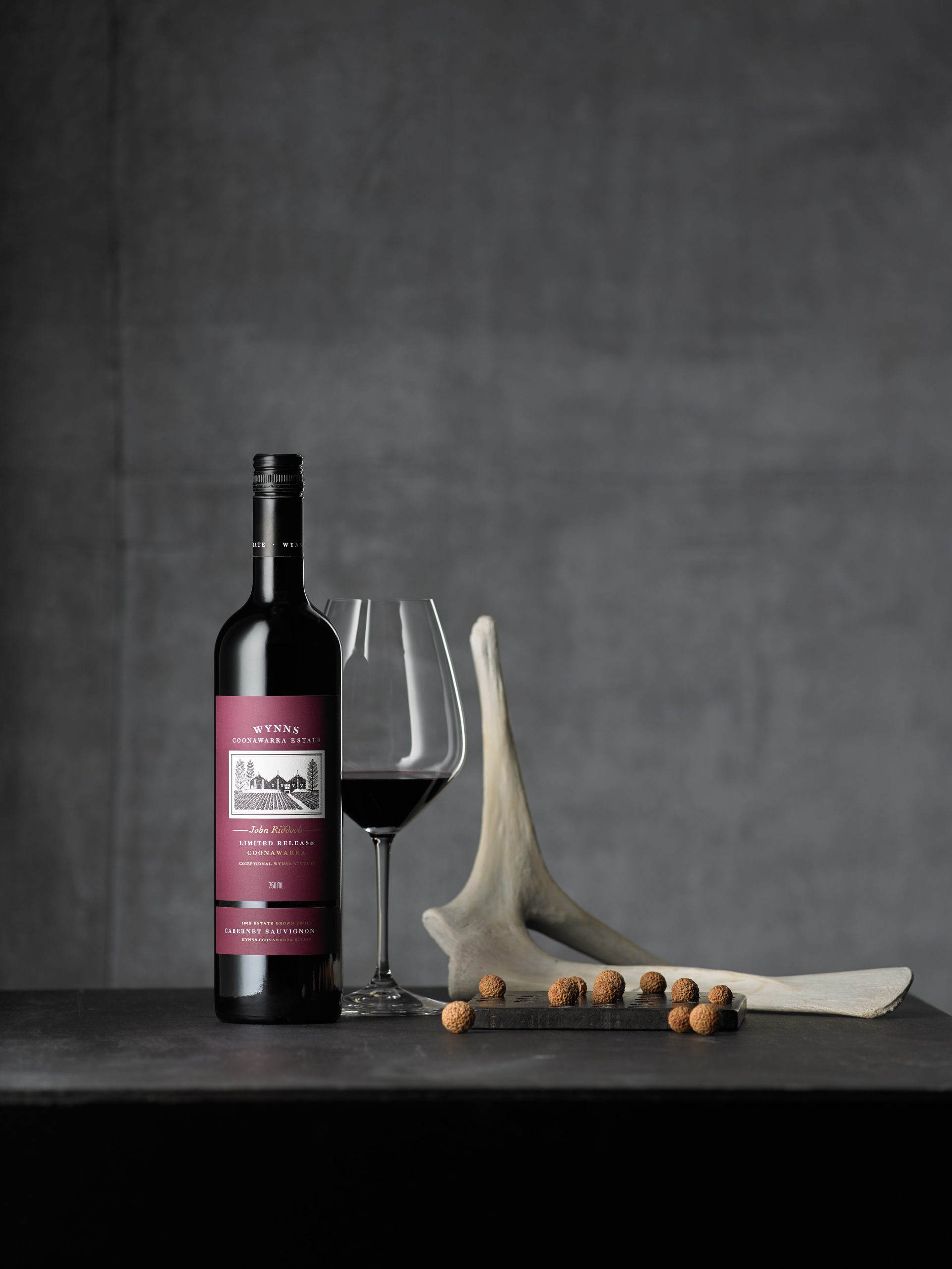Counterfeit wine scams “tip of the iceberg”
Huge amounts of counterfeit wines are yet to be uncovered according to Serena Sutcliffe MW.
Addressing attendees of the Fine & Rare Specialist course at Vienna’s Palais Coburg earlier this month, the head of Sotheby’s wine department said that current allegations concerning counterfeiting were “the tip of the iceberg”.
She also said that the discovery of wine scams were a “good thing” and that Sotheby’s had turned down cellars worth “millions” due to a lack of perfect provenance.
“I would like more to come out,” she said of label scams such as the case against alleged wine counterfeiter Rudy Kurniawan.
“It is a good thing to catch criminals whether they are stealing a handbag in the street or making money selling doubtful wines.”
She then commented that there was still a “huge amount” of counterfeit wine being sold privately through dealers or “some auction houses”.
“There is a lot under the radar,” she added.
She also stated that she had insisted Sotheby’s only handle wine which had a clear and traceable history.
“The seller has to prove to you [that the wine is genuine],” she said, adding, “Which often means we can’t take the wines.”
“It’s a decision I took a long time ago,” she continued, referring to the need for a proven record for any wine collections handled by the auction house.
And, as a result, she said Sotheby’s had lost “millions” in terms of rejected potential sales.
“Great collections of wine don’t come out of nowhere, they have a track record, and that has to be investigated right back,” she concluded on the subject.
Speaking more generally about the condition of wines demanded by buyers today, she expressed her sadness at the obsession with unblemished labels.
“We’ve seen a change from new clients, who want the label to be perfect, even if the wine is 40-50 years old,” she said, speaking primarily of Asian collectors, which included, she added, those in China as well as Indonesia and Thailand.
“When it was a European buyer, if they saw damp, soiled labels they knew it would be a great collection to buy – they knew the conditions were good, because a damp cellar meant the cork was expanded.”
Continuing she said, “For many reasons that’s not how the new money sees it – they want the label to be perfect – and it is difficult unless the wine has come straight from the château and it has been labelled just before it left.
Partner Content
“But if it is from a wonderful, slightly damp cellar, which is ideal, there will be some damage to the label, and we catalogue that, but some buyers don’t want it, and that is actually rather tragic.”
Finally, speaking of the types of wines in vogue, Serena noted a broadening of tastes among new collectors beyond first growth Bordeaux.
“There is some diversification thank goodness,” she said.
“The absolute top of the fine wine market has remained Bordeaux and Burgundy, but we are seeing among Asian buyers in London, New York or Hong Kong, a real interest in the northern Rhône – suddenly Guigal has taken off.”
Serena’s comments came ahead of a Bordeaux tasting with her husband David Peppercorn MW at the Palais Coburg as part of the Fine & Rare Specialist course.
The wines poured at the tasting were:
1990 Château Lafite Rothschild (from magnum)
1988 Château Mouton Rothschild (from magnum)
1986 Château Latour (from magnum)
1986 Château Margaux (from magnum)
1962 Château Haut-Brion (from magnum)
1981 Château Cheval Blanc
1962 Château d’Yquem




